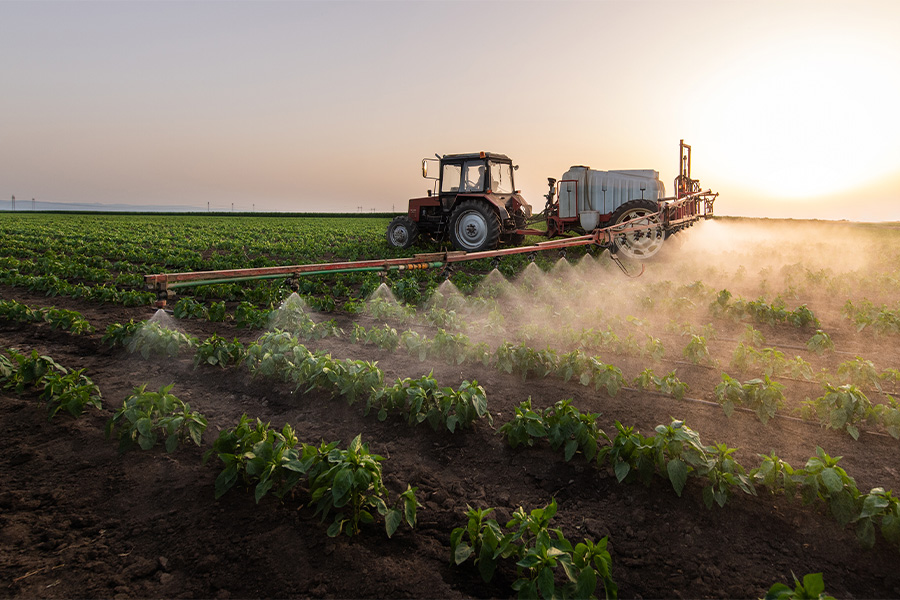Departments
-

Whole cottonseed is an excellent feed for dairy cattle due to its high level of fiber, protein and energy (fat) in a compact package. It can be fed just as it comes from the gin without processing or may be pelleted before feeding. Whole cottonseed can also be used to stretch limited forage supply. Dairymen should capitalize on this situation as much as possible. Some limiting factors to consider when feeding whole cottonseed are gossypol, high fat content, and the potential for aflatoxin.
Lane Ely
|
-

A water smart landscape is more than just water-efficient. It’s a landscape that has been carefully designed, properly installed and managed to reduce pollution, improve conservation and ensure year-round beauty.
L. Risse, Rose Mary Seymour, and Sheryl Wells
|
-

Research conducted on drip-irrigated pecans in Georgia over the past several years has shown that drip irrigation is highly beneficial even in wet years. The objective of drip irrigation is to supply each plant with sufficient soil moisture to meet transpiration demands. Drip irrigation offers unique agronomic, agrotechnical and economic advantages for the efficient use of water.
Kerry Harrison
|
-

B 1158
Sprayer Nozzle Selection
Nozzle selection is one of the most important decisions to be made related to pesticide applications. The type of nozzle affects not only the amount of spray applied to a particular area, but also the uniformity of the applied spray, the coverage obtained on the sprayed surfaces, and the amount of drift that can occur. Each nozzle type has specific characteristics and capabilities and is designed for use under certain application conditions. This publication describes the types that are commonly used for ground application of agricultural chemicals, including flat-fan, even flat-fan and cone nozzle.
Paul Sumner
|
-

When the peach tree moves into its bearing years a shift in emphasis from exclusive attention to vegetative development for building a tree structure to maintaining a balance enough vegetative growth to promote adequate fruiting wood and return bloom for the following season’s fruit crop and managing the current season’s fruit crop.
|
-

Essential to successful peach tree culture is selection of a location that provides adequate sunlight, cold air drainage and water drainage.
Kathryn Taylor and Dario Chavez Velasquez
|
-

A relatively new peach tree training system is being adopted by some southeastern peach growers; it is an easy, low-maintenance system that can be used even in the home orchard.
Kathryn Taylor and Dario Chavez Velasquez
|
-

Grower experiences have proven milled pine bark to be an excellent growing substrate for southern highbush blueberries. Although milled pine bark shares many characteristics with good blueberry soil, fundamental differences exist and need to be understood for rapid growth of young plants and high blueberry yields.
Gerard Krewer, John Ruter, and Erick Smith
|
-

This report contains research that evaluates disease and insect management programs, and new cultivars for agronomic aspects of tobacco production in Georgia.
Stephen Mullis
|